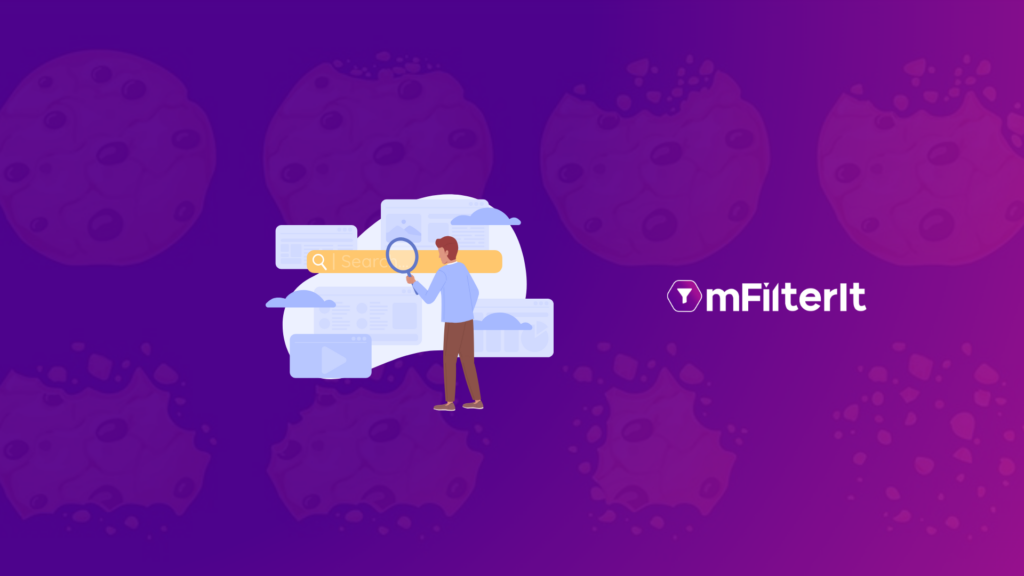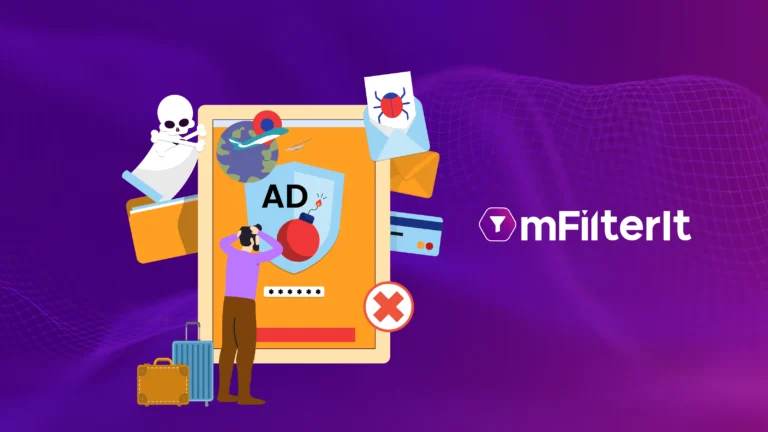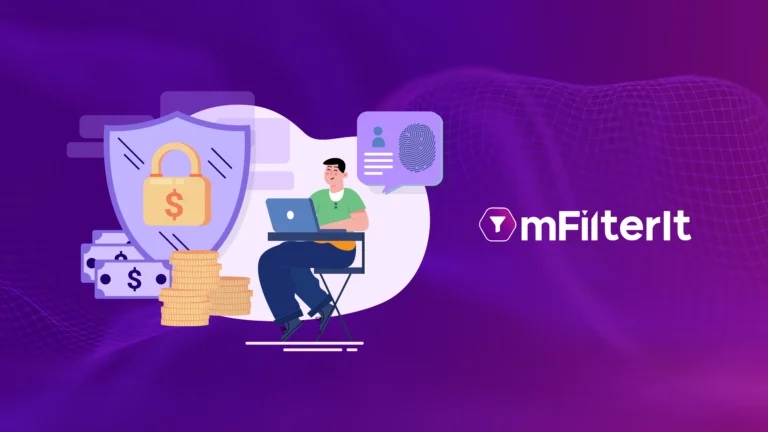In 2020, Google the phasing out third-party cookies starting with Chrome browsers – a piece of news that caused a flurry among marketers for all the right reasons! While this deadline has been slightly adjusted and extended to 2024, the news continues to remain interesting as marketers await a life without cookies but are also eager to understand what a cookieless marketing approach might bring to the table. On one hand, they eagerly await a life without cookies, and on the other hand, they are hesitant about what the cookieless future might look like. In this blog, we will look at some ways to run successful digital marketing campaigns in a cookieless world.
Cookieless marketing is the term used for the various methods wherein brands can target their audiences without using third-party cookies. Cookieless digital campaign will be the new normal going forward as most web browsers have either already phased out or are going to eliminate cookies due to privacy concerns, and stringent data regulations globally.
Why third-party cookies are disappearing?
Cookieless marketing has come into prominence after the surge in demand for preventing the sharing of individually identifiable data by marketers. Legislations like GDPR became the key reasons why search engines decided to disable cookies. Apple and Mozilla have already done that, and Google is set to do it in 2023.
Impact of Cookieless Advertising on Digital Marketing
83% of marketers currently rely on third-party cookie tracking to identify the target audience. Once the third-party cookies phase out completely, the marketers will no longer be able to track the audience’s behavior or undertake any kind of personalization of the marketing content. As a result, the quality of marketing efforts and their ROI will go down drastically if new means of cookieless marketing are not adopted.
Things to Keep in Mind When Creating an Advertising Strategy for a Cookie-less World
In the absence of third-party cookie tracking, marketers now need to shift focus to other data inputs such as context, weather, location, and other aspects that can help deliver more relevant ads to the audience.
Advertisers who target new audiences instead of overspending on trying to bombard the existing or known audience with ads are likely to be more successful. One of the major benefits that digital marketers will enjoy in the cookieless advertising environment is the lowering of campaign costs.
The usage of advanced AI-driven tools can help marketers perform better even without third-party cookie tracking in a privacy-friendly manner contextual ad targeting programmatic ad techniques will rule the roost in the new normal. Here are some of the ways in which marketers can thrive in the new normal of cookieless advertising:
1. Predictive Analytics and Better Messaging
Most companies, especially larger organizations have massive databases available to them. However, no more than 23% of the executives in a survey reported that their organizations were able to effectively extract insights from this data. Usage of machine learning to analyze the data and predict the next best steps is one of the key options for the cookieless marketing scenario.
Companies can use AI to undertake predictive messaging that would be highly personalized and relevant to the readers. Further, they can analyze what kind of messaging the audience responds to, and with time they can finetune to achieve the right content mix.
2. Hyperlocal Targeting
Hyperlocal targeting is going to be one of the biggest trends in contextual targeting advertising. Marketers who can understand and integrate factors such as local weather, festivals, events, and other hyperlocal factors will be able to target the audience accurately. For instance, the weather in snowbound areas is likely to influence customer choices in a way completely different from the choices of people living in coastal or sunny areas.
3. Conversational Marketing
71% of the customers prefer companies that are available for real-time communication, and 79% of enterprises report better customer loyalty, sales, and revenue after deploying live chat. You can benefit from conversational marketing as it engages the customers directly and helps the brand get unique individual insights about customers, and those can help in extending the life cycle value of the customer.
4. Personalization
80% of regular online shoppers engage with brands that deliver a personalized experience. Smart geo-targeting and time-based marketing content can engage this audience better and generate significantly better results in the world of cookieless advertising.
5. First-Party Data Collection
While third-party cookies are on their way out, brands can leverage first-party data collection to generate insights and gather quality data about the customers. Conversations and direct data gathering from customers who buy from your brand can help in achieving this objective. Building a sizeable database might take some time, but the quality and possible conversion rate of first-party data is going to be worth the effort.
5. Collaborating with Large Ad Publishers Directly
Companies should focus on engaging with programmatic publishers who are contextually relevant. They have tremendous insights and data about different audience types and the kind of content that works with each. By collaborating with such publishers directly, businesses can better measure and plan their marketing efforts without cookies.
6. Contextual Advertising
Shifting the focus from tracking users through cookies to the webpage content and positioning the ads in context. For instance, in user tracking, you might end up showing a travel ad to someone when he is visiting a webpage related to healthcare. This would change, and advertisers would be able to offer personalized and relevant marketing to visitors on web pages without any need to get invasive or to track the users.
7. Cultural Marketing
Cultural marketing is more of a seasonal and time-bound marketing tactic that can help advertisers engage the audience with relevant content. For instance, a major sporting event like the Olympics or World Cup of Cricket, or festivals like Diwali and Christmas can be apt opportunities for cultural marketing.
Way Forward
The clock is ticking and there is no time to waste for marketers. The phase-out of third-party cookies is going to be a reality soon. Therefore, it is essential for marketers to move towards strategies and methods that are privacy-friendly and can help to target the right audience. The above pointers will help new-age marketers tap the power of data and ensure their brands survive the third-party apocalypse. To add an edge to this, the marketers will also need an advanced ad fraud detection software and ensure only Real Humans are interacting with their ads or website.



